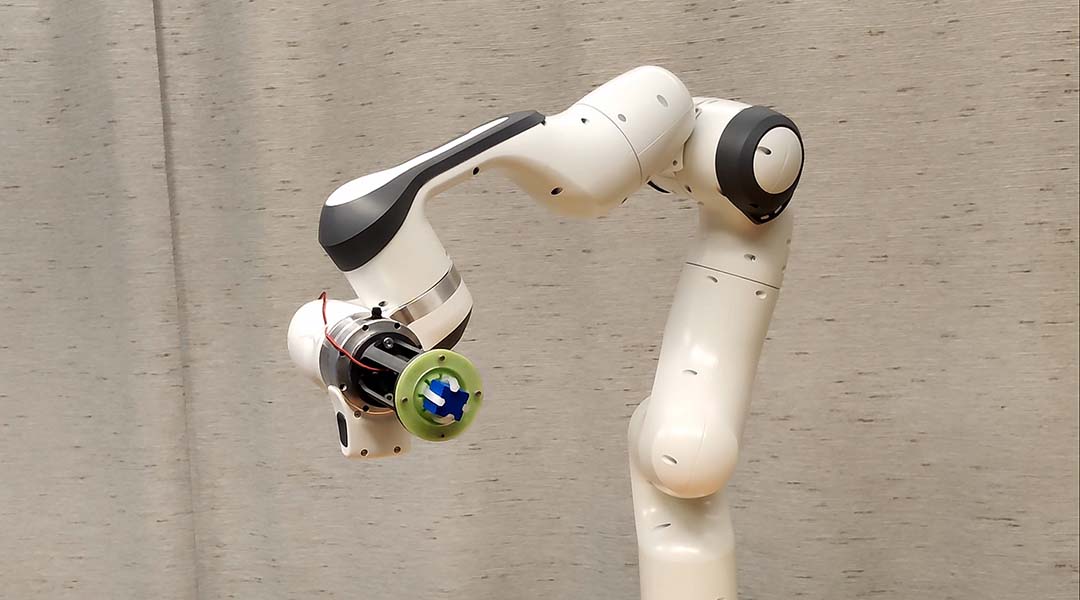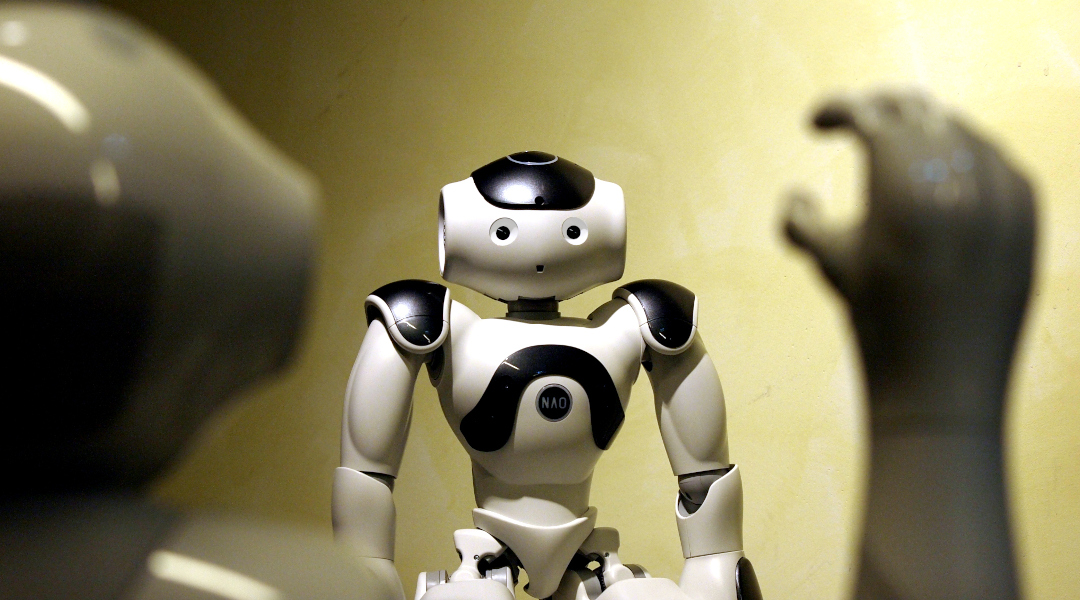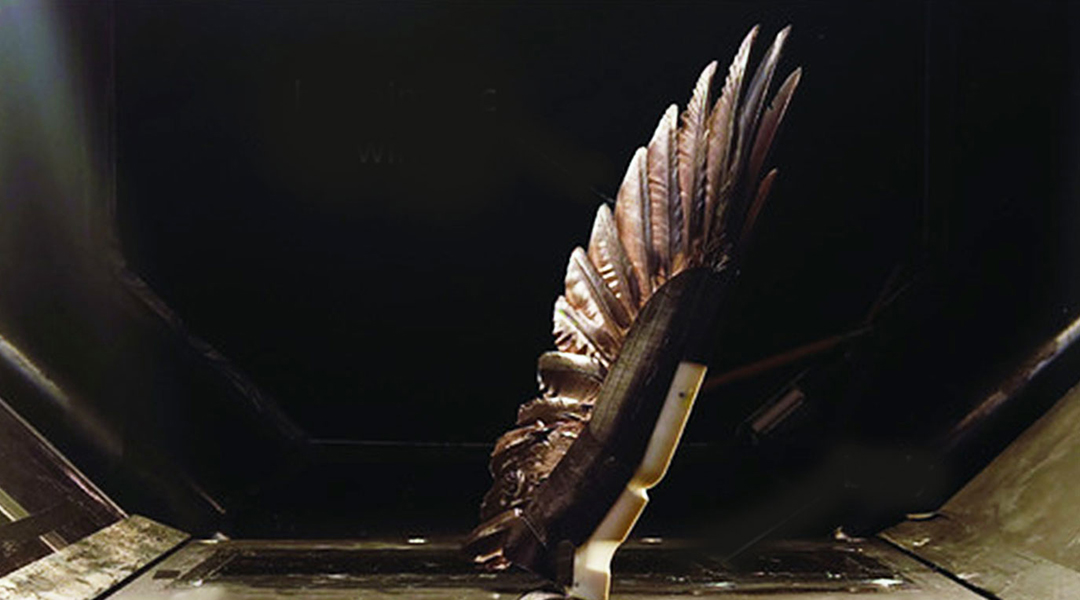The replacement of rigid parts could help robots more closely mimic the humble worm to help them squeeze into tight spots.


The replacement of rigid parts could help robots more closely mimic the humble worm to help them squeeze into tight spots.

An innovative design allows for sensitive soft robots that can navigate difficult tasks and environments without bulky sensors.

4D printing of metallic shape-morphing systems can be applied in many fields, including aerospace, smart manufacturing, naval equipment, and biomedical engineering.

People cannot reliably tell whether a text is produced by a human or a machine — but subconscious neural activity reveals the true identity.

Crediting ChatGPT as an author on scientific papers has sparked debate around the role it should play in the scientific literature.

Modeling involuntary aspects of human behavior, such as blinking or even jet lag, might help build trust in robot-human interactions.

This tiny soft robot can be steered through the branches of the lungs without causing damage for safer diagnosis.

Event cameras mimic the human eye to allow robots to navigate their environment, and a new approach helps minimize computational costs.

A newly built biohybrid wing could lead to new drone designs, and reveals that wing folding is key to efficient flight.

Scientists have high hopes for a tiny glass tube robot in improving the capabilities and safety of robots used in non-invasive microsurgeries.